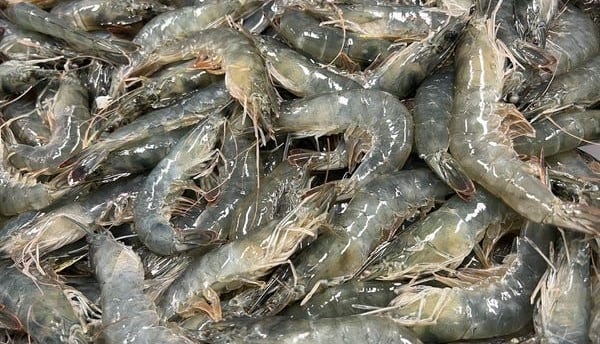Ensuring Quality in Seafood Exports
The global demand for seafood continues to rise, making the quality of seafood exports a crucial factor for both consumer satisfaction and business success. Ensuring quality in seafood exports involves a series of meticulous steps from the point of harvest to the final delivery


The global demand for seafood continues to rise, making the quality of seafood exports a crucial factor for both consumer satisfaction and business success. Ensuring quality in seafood exports involves a series of meticulous steps from the point of harvest to the final delivery. Here’s a comprehensive look at how to maintain high standards in the seafood export industry:
1. Sustainable Sourcing
Quality assurance begins with sustainable sourcing. Fishing practices must adhere to regulations that prevent overfishing and ensure the long-term health of marine ecosystems. Sustainable sourcing not only protects fish populations but also maintains the quality of the seafood. Certifications from organizations like the Marine Stewardship Council (MSC) or Aquaculture Stewardship Council (ASC) can help exporters demonstrate their commitment to sustainability.
2. Hygienic Handling and Processing
Maintaining hygiene throughout the handling and processing stages is vital to prevent contamination. This involves:
Clean Facilities: Processing plants must adhere to strict cleanliness standards, including regular sanitation of equipment and workspaces.
Proper Handling: Workers should be trained in proper handling techniques to minimize physical damage and contamination of the seafood.
Temperature Control: Keeping seafood at the correct temperature is crucial to prevent spoilage and maintain freshness. This includes using refrigerated trucks and storage facilities.
3. Quality Control Measures
Implementing robust quality control measures is essential for identifying and addressing any issues before the seafood reaches the consumer. These measures include:
Regular Inspections: Routine inspections of processing facilities, packaging, and storage areas help ensure compliance with quality standards.
Testing: Periodic testing for pathogens, toxins, and other contaminants is necessary to ensure the safety of the seafood.
Grading: Seafood should be graded based on size, appearance, and quality to ensure consistency in the products being exported.
4. Packaging and Labelling
Proper packaging and labelling are critical to maintaining the quality of seafood during transportation. This involves:
Durable Packaging: Using high-quality packaging materials that protect the seafood from physical damage and contamination.
Vacuum Sealing: Vacuum-sealing seafood can help extend its shelf life by preventing exposure to air and bacteria.
Accurate Labelling: Labels should include important information such as the type of seafood, date of harvest, and processing details. This transparency helps build consumer trust and ensures traceability.
5. Efficient Cold Chain Management
Cold chain management refers to maintaining the appropriate temperature throughout the entire supply chain, from harvest to delivery. Key elements include:
Refrigerated Transport: Using refrigerated trucks and containers to keep seafood at the required temperature during transport.
Real-Time Monitoring: Implementing systems to monitor temperature and humidity levels in real-time, allowing for immediate corrective actions if any deviations occur.
Minimizing Transit Time: Reducing the time seafood spends in transit helps maintain its freshness and quality.
6. Compliance with International Standards
Exporters must comply with the import regulations and standards of the destination country. This includes:
Health and Safety Standards: Ensuring that seafood meets the health and safety requirements set by the importing country.
Documentation: Providing all necessary documentation, such as health certificates, catch certificates, and certificates of origin, to facilitate smooth customs clearance.
Certifications: Obtaining relevant certifications, such as HACCP (Hazard Analysis and Critical Control Points) and ISO 22000, to demonstrate adherence to food safety and quality management systems.
7. Building Strong Relationships
Establishing strong relationships with buyers, suppliers, and other stakeholders is essential for ensuring quality in seafood exports. This involves:
Communication: Maintaining open lines of communication to address any issues or concerns promptly.
Trust: Building trust through consistent delivery of high-quality products and reliable service.
Feedback: Encouraging and acting on feedback from buyers to continuously improve the quality of seafood exports.
Conclusion
Ensuring quality in seafood exports requires a holistic approach that encompasses sustainable sourcing, hygienic handling, robust quality control, efficient cold chain management, compliance with international standards, and strong stakeholder relationships. By adhering to these principles, exporters can deliver high-quality seafood that meets consumer expectations and supports the long-term sustainability of the industry.
